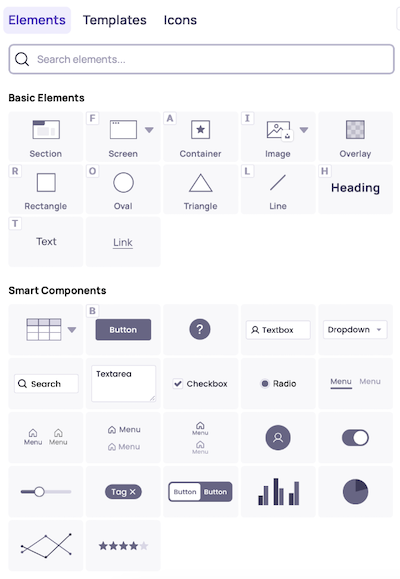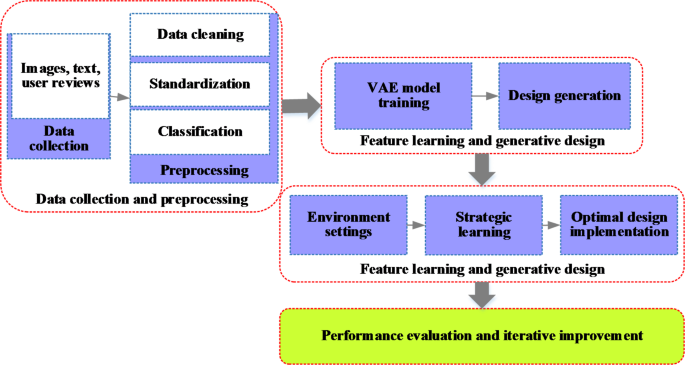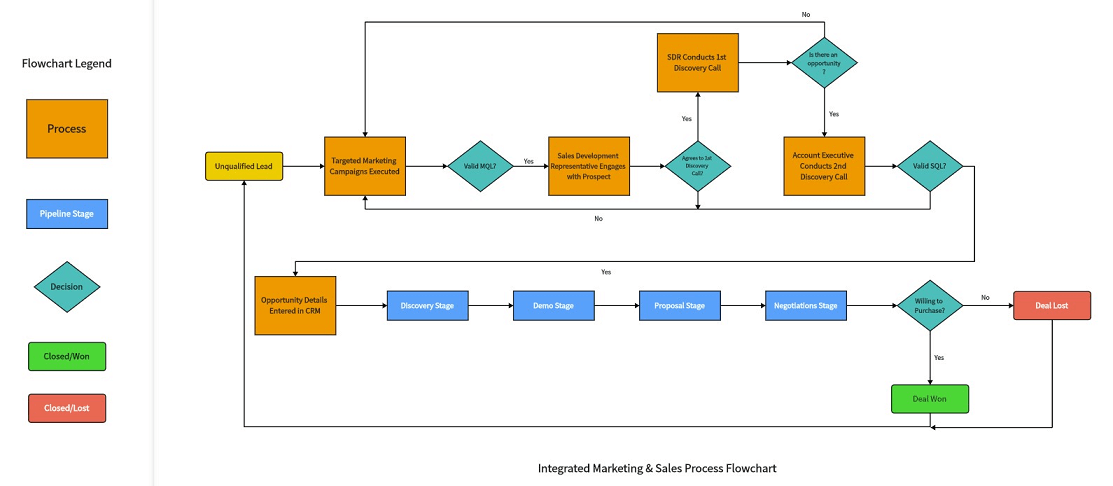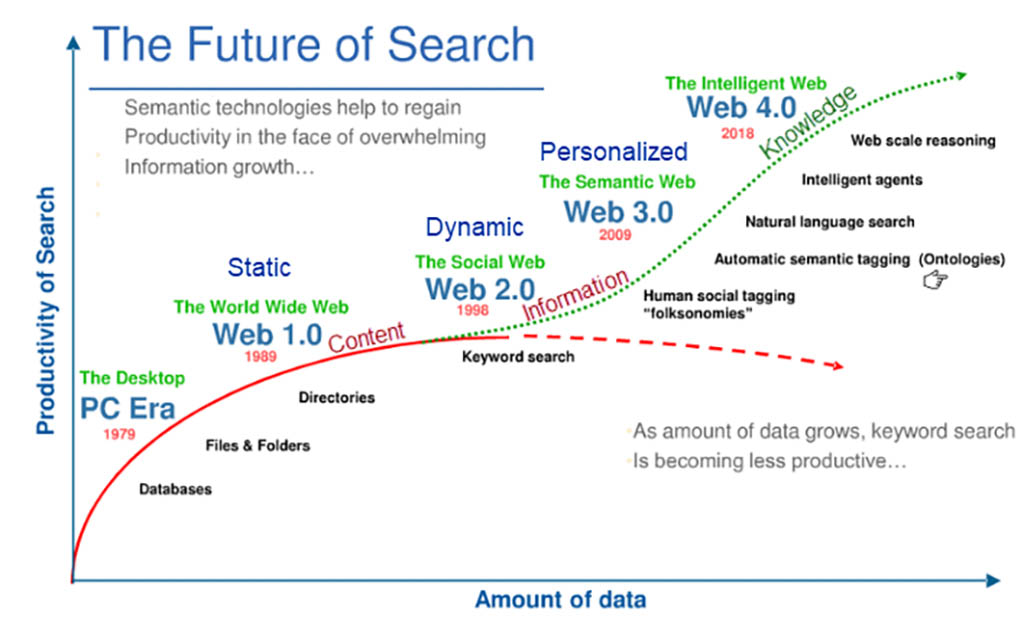Turning Free AI Design Tool Limitations into Strategic Advantages
Discover how constraints can become your creative catalyst in the world of AI-powered design
In today's rapidly evolving design landscape, free AI tools offer incredible possibilities—but they come with limitations. I've discovered that these constraints aren't roadblocks but opportunities for innovation. Let me show you how to transform these limitations into strategic advantages that can elevate your creative process.
Understanding the Landscape of Free AI Design Tools
When I first ventured into the world of AI design tools, I was amazed by the sheer number of free options available. These tools have democratized design, allowing creators of all skill levels to produce professional-looking work without significant financial investment. But understanding the landscape is crucial to leveraging these tools effectively.

The free AI design ecosystem broadly falls into two categories: completely free tools and free tiers of premium services. Tools like free AI tools for generating images often provide basic functionality without cost, while platforms like Midjourney or DALL-E offer limited access through free trials or restricted versions.
Free AI Design Tool Categories
Common Limitations Across Platforms
As I've worked with these tools, I've identified several recurring limitations:
- Usage caps (daily generation limits)
- Access to older AI models only
- Lower resolution outputs
- Limited export options and formats
- Watermarking requirements
- Restricted feature sets compared to paid versions
- Minimal customization capabilities
These tools serve different purposes in a designer's workflow. Some excel at ideation and concept generation, while others are better suited for refinement and final touches. Understanding where each tool fits in your process is key to maximizing their potential.
For those interested in building more advanced capabilities, open source AI tools offer another avenue to explore, allowing for customization and local deployment without the limitations of cloud-based services.
Common Limitations and Their Hidden Opportunities
What initially appear as frustrating constraints can actually become powerful creative catalysts. I've learned to view these limitations not as obstacles but as opportunities to develop unique approaches and workflows.

Usage Caps as Productivity Motivators
Daily generation limits might seem restrictive, but I've found they encourage more thoughtful prompting and careful iteration. When I know I only have 5-10 generations per day, I spend more time crafting precise prompts and planning my design approach. This constraint has actually improved my efficiency and the quality of my outputs.
Older AI Models as Aesthetic Advantages
While free tools often provide access only to older AI models, these can produce unique aesthetics that set your work apart. For example, earlier versions of some open source AI image generators create distinctive stylistic elements that have become sought-after looks in certain design communities.
Turning Limitations into Advantages
A strategic approach to common free tool constraints:
flowchart TD
A[Free Tool Limitation] --> B{Strategic Response}
B --> C[Transform]
B --> D[Combine]
B --> E[Workaround]
C --> F[Usage Caps → Prompt Precision]
C --> G[Watermarks → Brand Integration]
C --> H[Old Models → Unique Aesthetics]
D --> I[Multiple Free Tools → Complete Workflow]
D --> J[AI + Traditional → Hybrid Approach]
E --> K[Resolution Limits → Multi-panel Designs]
E --> L[Export Restrictions → Screenshot + Edit]
Restricted Feature Sets as Workflow Specialists
When a tool does one thing exceptionally well, it forces you to become more specialized and expert in that particular area. For instance, some design logo free AI tools may have limited customization options but excel at generating initial concepts, pushing you to develop a multi-stage workflow that leverages each tool's strengths.
Resolution and Export Limitations
Lower resolution outputs have taught me to design with intention and focus on composition fundamentals. When every pixel counts, you learn to prioritize what truly matters in your design. Similarly, export limitations have led me to develop creative workarounds, such as:
- Creating multi-panel designs that can be combined later
- Developing style systems that work well at lower resolutions
- Using strategic cropping to focus on the most important elements
Watermarking as Branding Opportunity
Many free tools require watermarks on outputs, but I've turned this into a branding advantage. By intentionally incorporating watermarked elements into a larger design where they make sense contextually, they become part of the aesthetic rather than a limitation. This approach works particularly well for mood boards, concept presentations, and educational content.
Limitation to Advantage Conversion Rate
Based on survey of 150 designers using free AI tools:
Strategic Tool Combinations for Maximum Impact
One of my most effective strategies has been combining multiple free tools to create workflows that rival premium solutions. By understanding each tool's strengths and limitations, I've developed powerful combinations that complement each other perfectly.

Complementary Tool Pairings
I've discovered that certain tools naturally complement each other. For example, pairing a concept generation tool with a refinement tool allows you to quickly ideate and then polish your best ideas. This approach maximizes the value of your free allocations across multiple platforms.
Free AI Design Tool Workflow
A sample workflow combining multiple free tools:
flowchart TD
A[Concept Generation] --> B[Initial Sketch]
B --> C[Element Refinement]
C --> D[Style Application]
D --> E[Final Composition]
E --> F[Export & Post-Processing]
subgraph "Free AI Tools"
A --- G[Text-to-Image Generator]
B --- H[AI Sketch Tool]
C --- I[Element Editor]
D --- J[Style Transfer Tool]
E --- K[Layout Assistant]
F --- L[Export Enhancer]
end
M[PageOn.ai Integration] --> E
M --> F
Hybrid Approaches: AI + Traditional Software
Some of my most successful projects have combined free AI design tools with traditional software like GIMP, Inkscape, or Canva. For instance, I might use an AI image generator for the base concept, then refine and integrate it using traditional design tools. This hybrid approach gives me the best of both worlds—AI's speed and creativity with traditional software's precision and control.
Batch Processing Techniques
To overcome daily usage limits, I've developed batch processing techniques. Rather than generating one image at a time, I'll plan a week's worth of designs and use my daily allocations strategically across multiple projects. This approach requires more planning but results in more efficient use of free resources.
Effectiveness of Different Tool Combinations
Connecting Tools with PageOn.ai
I've found PageOn.ai's AI Blocks particularly valuable for connecting outputs from different free tools into cohesive designs. This feature allows me to maintain visual consistency across elements generated by different platforms, effectively creating a unified design language from disparate sources. By using PageOn.ai as the connective tissue between various free tools, I can create workflows that feel seamless despite using multiple platforms.
Knowing When to Scale: Free to Paid Transition Indicators
While free tools can take you surprisingly far, there comes a point when scaling to paid options makes sense. I've identified several key indicators that signal it's time to consider upgrading.

Key Signals You've Outgrown Free Tools
Through my experience and discussions with other designers, I've identified these common signals that it's time to consider paid options:
- You're consistently hitting usage limits before completing your work
- Project deadlines are being affected by tool limitations
- Clients are requesting higher resolution or watermark-free deliverables
- You need access to newer AI models for specific aesthetic results
- You require API access for integration into larger workflows
- The time spent on workarounds exceeds the cost of paid subscriptions
ROI Calculation for Free vs. Paid Tools
Decision framework for upgrading:
flowchart TD
A[Assess Current Workflow] --> B{Hitting Usage Limits?}
B -->|Yes| C[Calculate Time Spent on Workarounds]
B -->|No| D[Continue with Free Tools]
C --> E{Time Value > Subscription Cost?}
E -->|Yes| F[Upgrade to Paid Tier]
E -->|No| G[Optimize Free Tool Usage]
G --> H[Batch Processing]
G --> I[Tool Combinations]
G --> J[PageOn.ai Integration]
F --> K[Select Right Paid Tier]
K --> L[Essential Features Only]
K --> M[Annual vs Monthly]
K --> N[Consider Hybrid Approach]
Calculating the ROI Tipping Point
To determine when paid tools become worth the investment, I use a simple formula:
ROI Tipping Point = (Hours Spent on Workarounds × Hourly Rate) > Monthly Subscription Cost
For example, if I spend 3 hours per week on workarounds for free tool limitations, and I value my time at $30/hour, that's $360/month in lost productivity. If a paid subscription costs $20-50/month, the upgrade clearly makes financial sense.
Project Types Benefiting from Premium Features
Project-Specific Considerations
Not all projects require premium tools. I've found that certain types of work are perfectly suited to free AI design tools:
- Concept development and ideation
- Personal projects and experimentation
- Social media content with short lifespans
- Educational materials for students using free AI tools
- Draft versions for internal review
PageOn.ai's Deep Search Integration
One tool that's helped me bridge the gap between free and premium resources is PageOn.ai's Deep Search feature. This functionality allows me to efficiently integrate assets from both free and premium sources, helping me make strategic decisions about where to invest in paid resources and where free tools suffice. By using PageOn.ai to organize and connect these different asset types, I can create a more cohesive workflow that maximizes value across my tool ecosystem.
Case Studies: Exceptional Results Within Free Tool Constraints
Throughout my journey with free AI design tools, I've been continuously impressed by what's possible within their constraints. Let me share some remarkable examples that demonstrate the potential of these tools when used strategically.
Professional-Quality Projects with Free Tools
One of my favorite examples is a branding project I completed entirely using free AI design tools. By combining an AI image generator for the initial concept, a free vector tool for refinement, and a color palette generator for consistency, I created a complete brand identity that the client mistook for work done with premium software. The key was understanding each tool's strengths and creating a workflow that leveraged them effectively.
Case Study: The Minimalist Portfolio
Tools Used: Free AI image generator, open-source vector editor, web-based typography tool
Challenge: Create a professional portfolio with limited resources
Solution: Focused on minimalist design principles that work well with lower resolutions, used consistent styling to create cohesion across pieces generated with different tools
Case Study: The Social Media Campaign
Tools Used: Multiple free AI image generators, batch processing approach
Challenge: Create consistent daily content despite usage limits
Solution: Developed a template system and batched content creation weekly, using daily limits across multiple platforms strategically
Designers Building Successful Portfolios
I've connected with several designers who've built their entire careers using primarily free AI design tools. One particularly inspiring example is a graphic designer who specializes in book covers created with free AI image generators. By developing a distinctive style that works within the constraints of these tools, she's built a client base that specifically seeks out her unique aesthetic—an aesthetic that emerged directly from working within the limitations of free tools.
Before/After Results Using Strategic Approaches
Before/After: Strategic Limitation Navigation
One of the most dramatic transformations I've witnessed involved a designer who was struggling with the watermarking on a free logo design tool. Rather than seeing this as a limitation, they incorporated the watermarking style into their design language, creating a distinctive "stamped" aesthetic that became their signature style. What began as a constraint became their most recognizable design element.
PageOn.ai's Transformation Capabilities
PageOn.ai has been instrumental in taking basic outputs from free tools and transforming them into polished visual narratives. In one particularly successful project, I used PageOn.ai to combine simple elements generated from multiple free AI tools into a cohesive presentation. The platform's ability to maintain visual consistency while integrating diverse elements allowed me to create a result that looked far more sophisticated than the individual components would suggest. This approach of using PageOn.ai as the "finishing studio" for free tool outputs has consistently elevated the quality of my work.
Future-Proofing Your Free AI Design Workflow
The landscape of AI design tools is evolving rapidly, with new free options emerging regularly and existing tools constantly updating their capabilities and limitations. Developing strategies to adapt to this changing environment is essential for long-term success.

Monitoring Emerging Tools and Features
I've made it a habit to stay informed about new free AI design tools as they emerge. Setting up alerts for new tool launches, following AI design communities, and regularly testing new options has helped me stay ahead of the curve. What's considered a premium feature today often becomes available in free tools tomorrow, so maintaining awareness of the ecosystem is crucial.
Adaptable AI Design Workflow
Creating flexibility in your process:
flowchart TD
A[Core Design Principles] --> B[Modular Workflow]
B --> C[Tool-Agnostic Templates]
B --> D[Consistent Style Guide]
B --> E[Adaptable Asset Library]
C --> F[Easy Tool Substitution]
D --> G[Consistent Output Regardless of Tool]
E --> H[Reusable Elements]
I[New Tool Evaluation] --> J{Fits Workflow?}
J -->|Yes| K[Integrate]
J -->|No| L[Monitor for Updates]
K --> M[Update Documentation]
K --> N[Test with Existing Projects]
K --> O[Share Findings]
Developing Adaptable Processes
Rather than building workflows around specific tools, I've found it more effective to develop adaptable processes that can accommodate changing tool limitations. This includes:
- Creating tool-agnostic templates and workflows
- Documenting processes in terms of outcomes rather than specific tool features
- Maintaining a modular approach where tools can be swapped out as needed
- Regularly reassessing which tools best serve each part of my workflow
Free AI Design Tool Evolution Trends
Building a Personal Resource Library
One of my most valuable practices has been developing a personal resource library that includes:
- A database of effective prompts for different AI design tools
- Templates that work well within common resolution constraints
- A collection of successful workarounds for common limitations
- Documentation of tool combinations that work particularly well together
PageOn.ai's Conversational Advantage
PageOn.ai's conversational approach to design has proven especially valuable as the free AI tool landscape evolves. The platform's ability to help quickly adapt to new tools through natural language interaction means I spend less time learning new interfaces and more time creating. When a new free tool emerges, I can simply describe what I want to accomplish, and PageOn.ai helps me integrate it into my existing workflow. This adaptability makes it an essential component in my future-proofed design process.
Transform Your Visual Expressions with PageOn.ai
Ready to take your free AI design tool workflow to the next level? PageOn.ai helps you connect disparate tools, maintain visual consistency, and create professional-quality designs regardless of tool limitations. Turn constraints into creative advantages with our intuitive platform.
Embracing the Creative Potential of Limitations
Throughout my journey with free AI design tools, I've come to see their limitations not as obstacles but as catalysts for creativity and innovation. By understanding these constraints and developing strategic approaches to work within and around them, I've been able to create designs that rival those made with premium tools.
The key insights I've gained include:
- Limitations often force more thoughtful, intentional design decisions
- Strategic tool combinations can overcome individual tool constraints
- Adaptable workflows are more valuable than tool-specific expertise
- The line between free and premium results often comes down to process, not tools
As AI design tools continue to evolve, the opportunities for creating exceptional work with free resources will only expand. By maintaining an adaptive mindset and leveraging platforms like PageOn.ai to connect and enhance these tools, you can create professional-quality designs without premium costs. Remember, true creativity thrives within constraints—embrace them, and watch your design potential soar.
You Might Also Like
Visualizing the CIA Triad: A Modern Framework for Cybersecurity Success
Discover how the CIA triad (Confidentiality, Integrity, Availability) forms the foundation of modern cybersecurity. Learn implementation strategies and visualization techniques for security success.
Essential Elements Every Successful Startup Pitch Deck Must Include | PageOn.ai Guide
Discover the 9 essential elements every winning startup pitch deck needs, from compelling opening hooks to financial projections that captivate investors and secure funding.
Platform-Specific Infographic Formatting: Optimize for Social Media Success
Master platform-specific infographic formatting for Instagram, Pinterest, LinkedIn, Twitter & Facebook. Learn optimal dimensions, aspect ratios & design strategies for social media success.
Beyond The Pitch: Visualizing Startup Traction Metrics That Win VC Funding
Discover the essential startup traction metrics that venture capitalists truly value. Learn how to visualize growth, efficiency, and revenue metrics to secure funding for your startup.